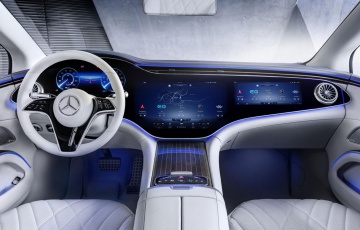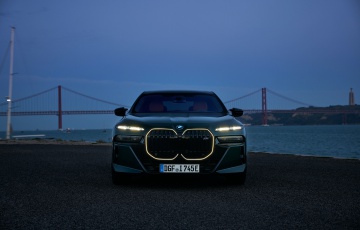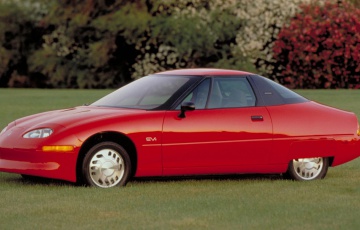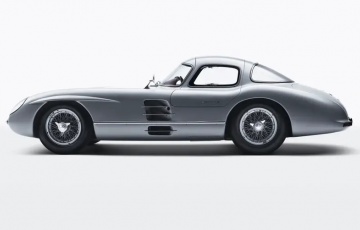This is it: the 1,000km-range Mercedes Vision EQXX
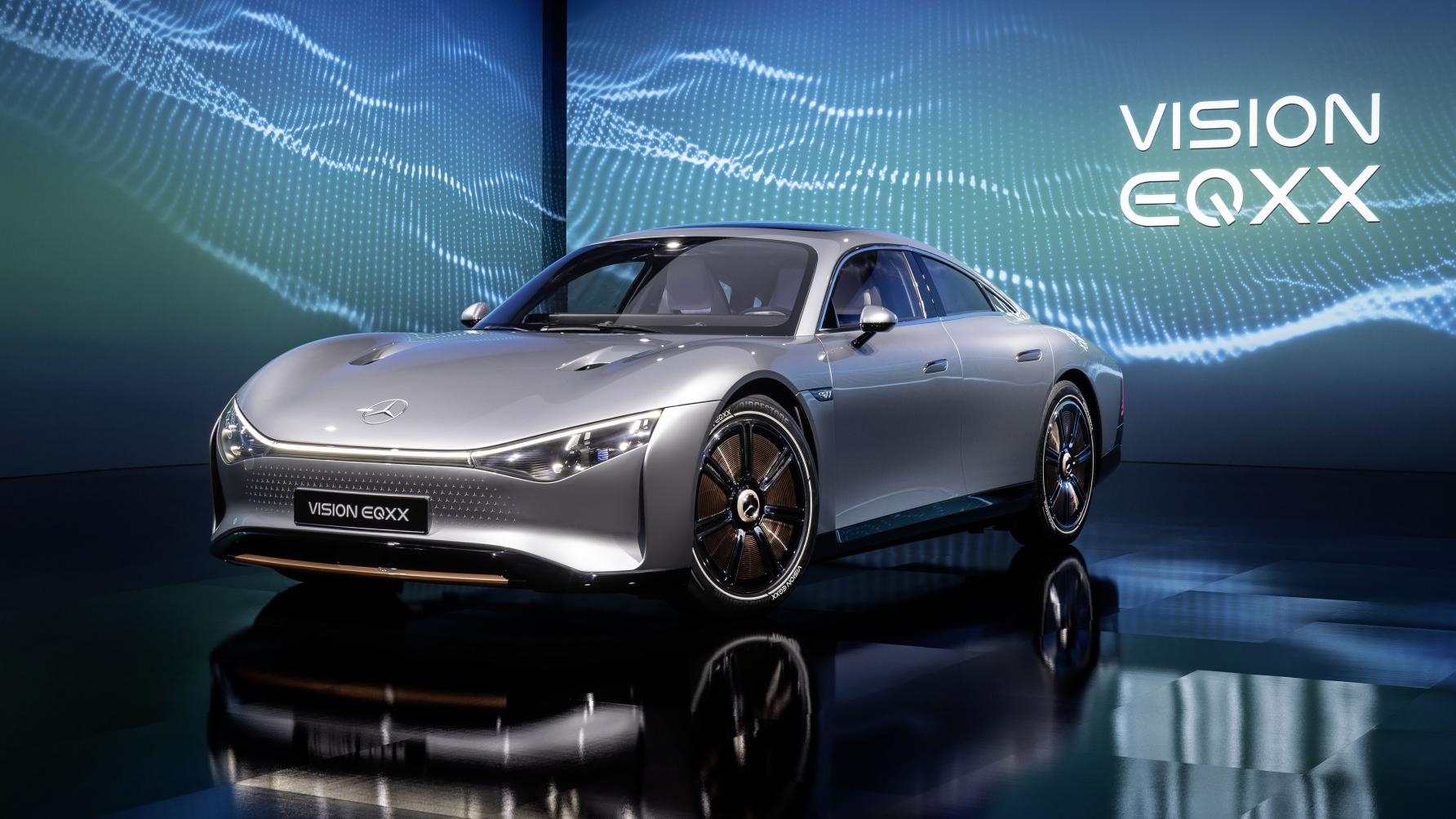
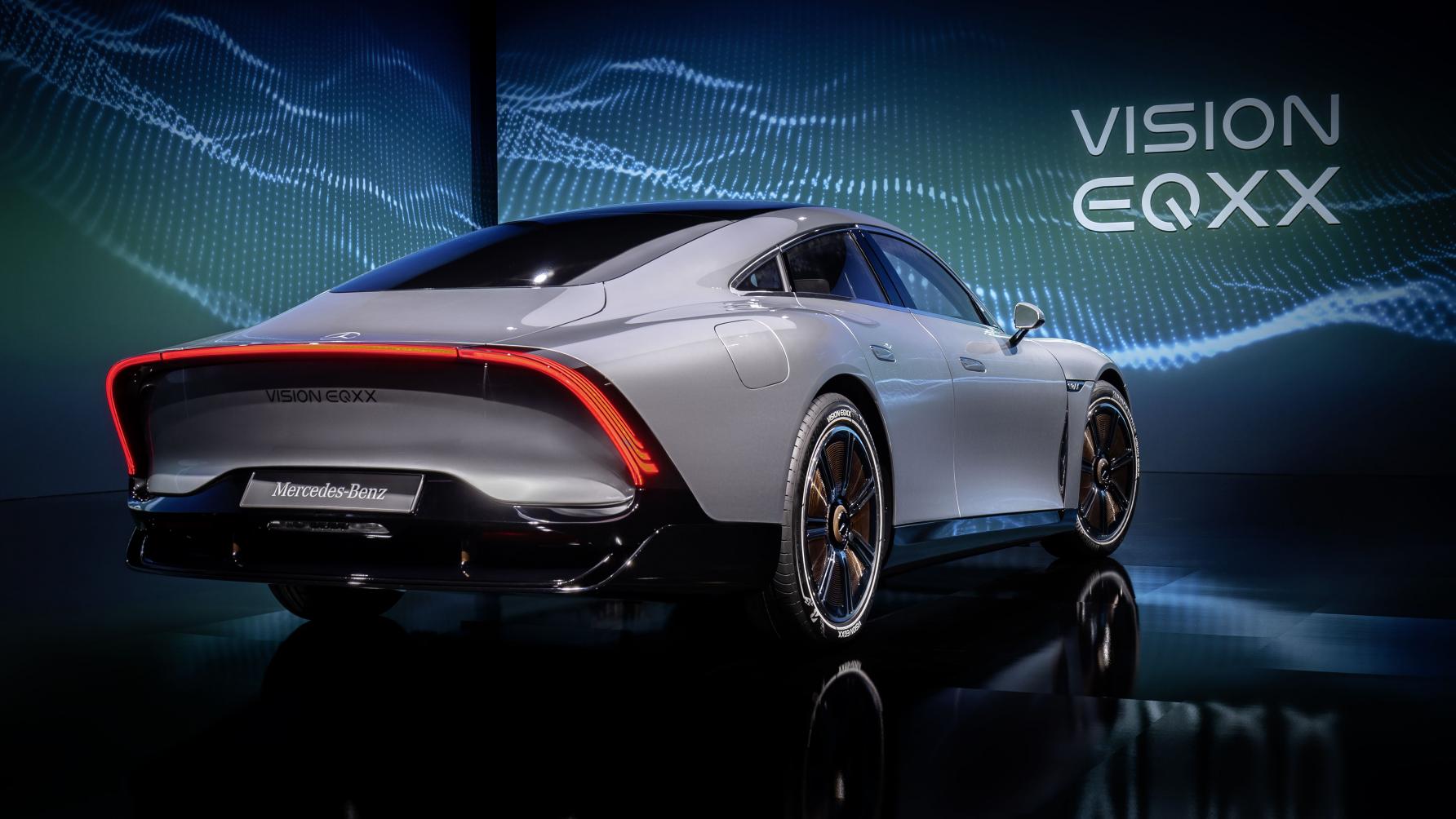
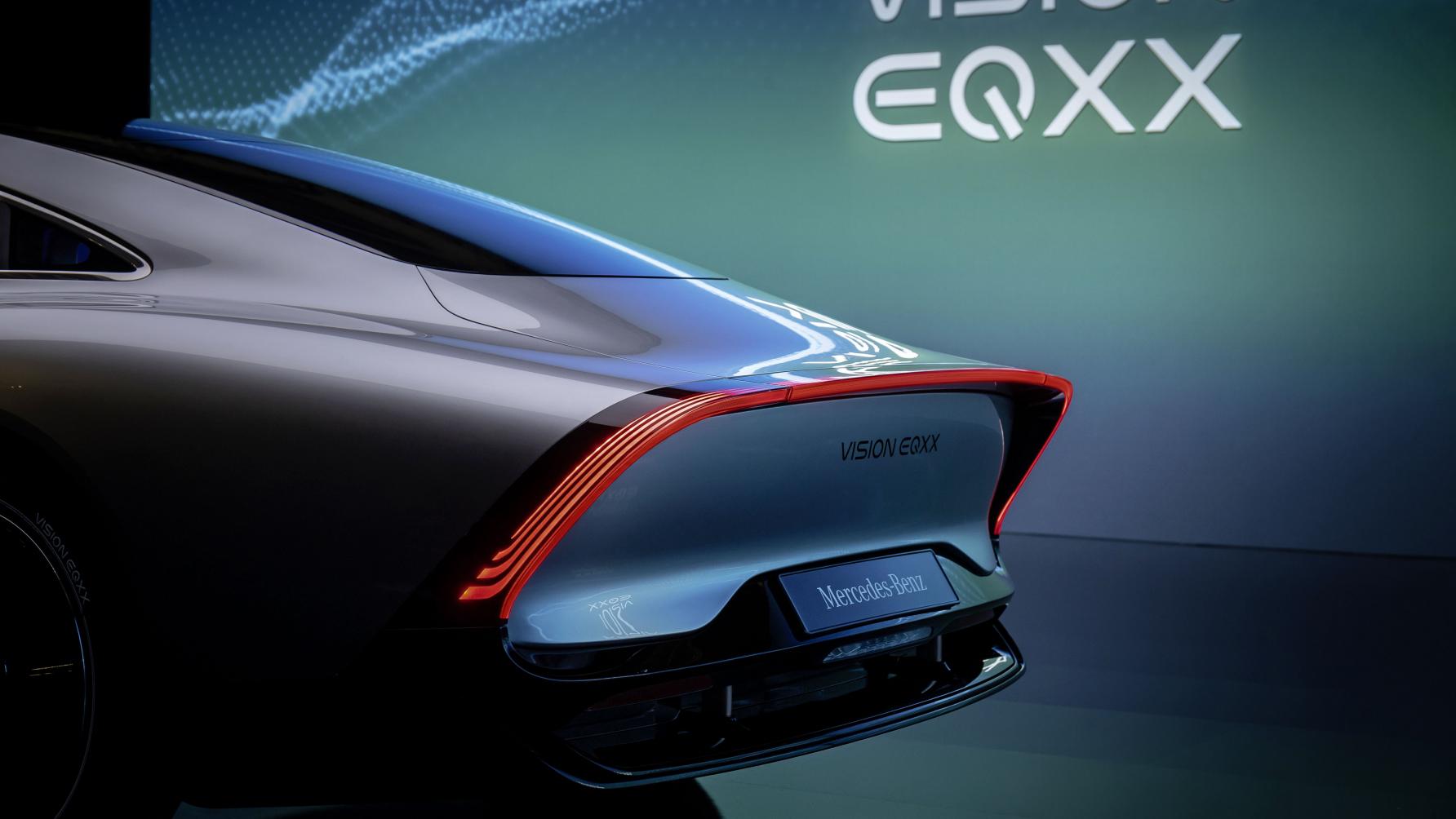
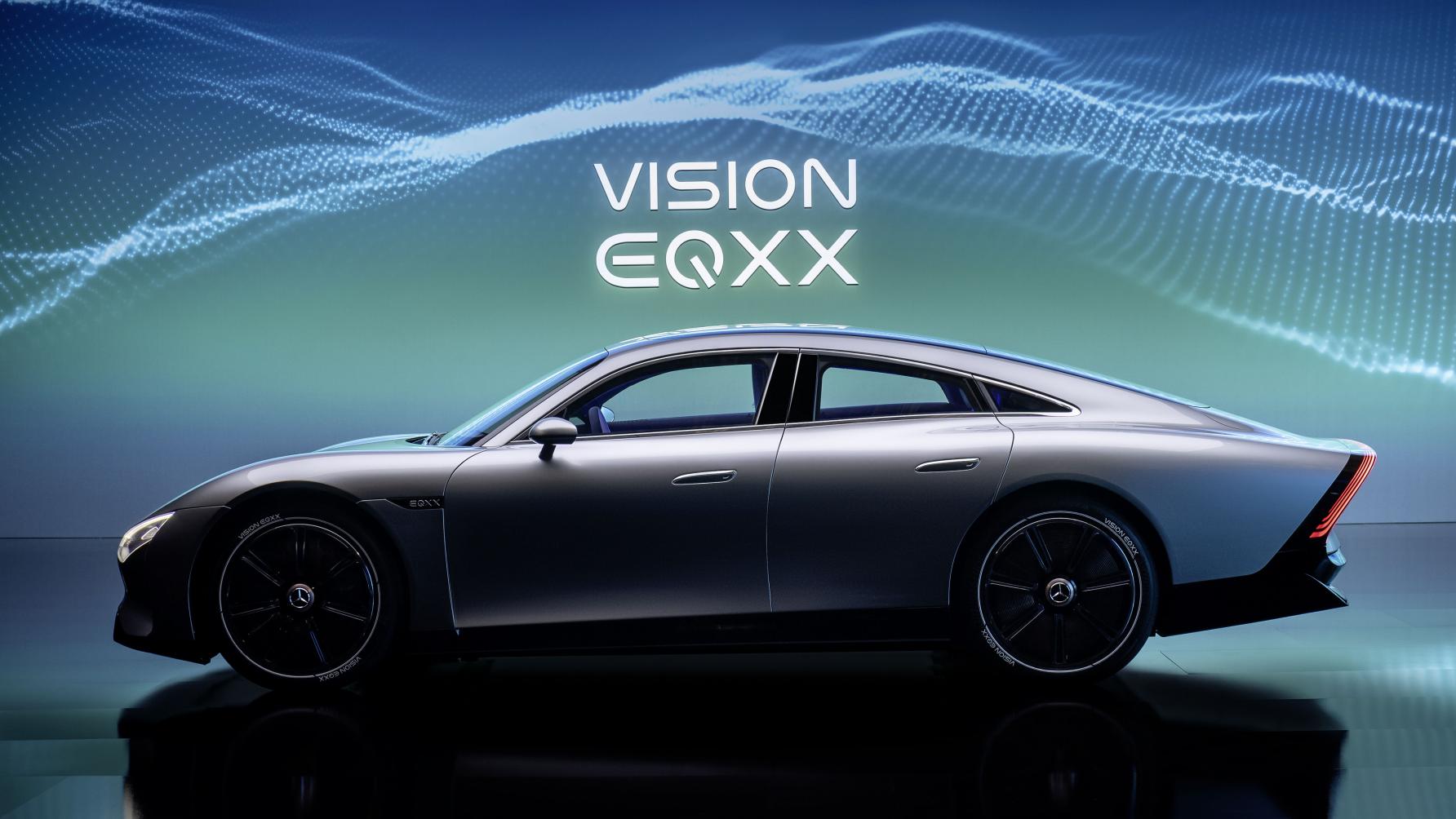
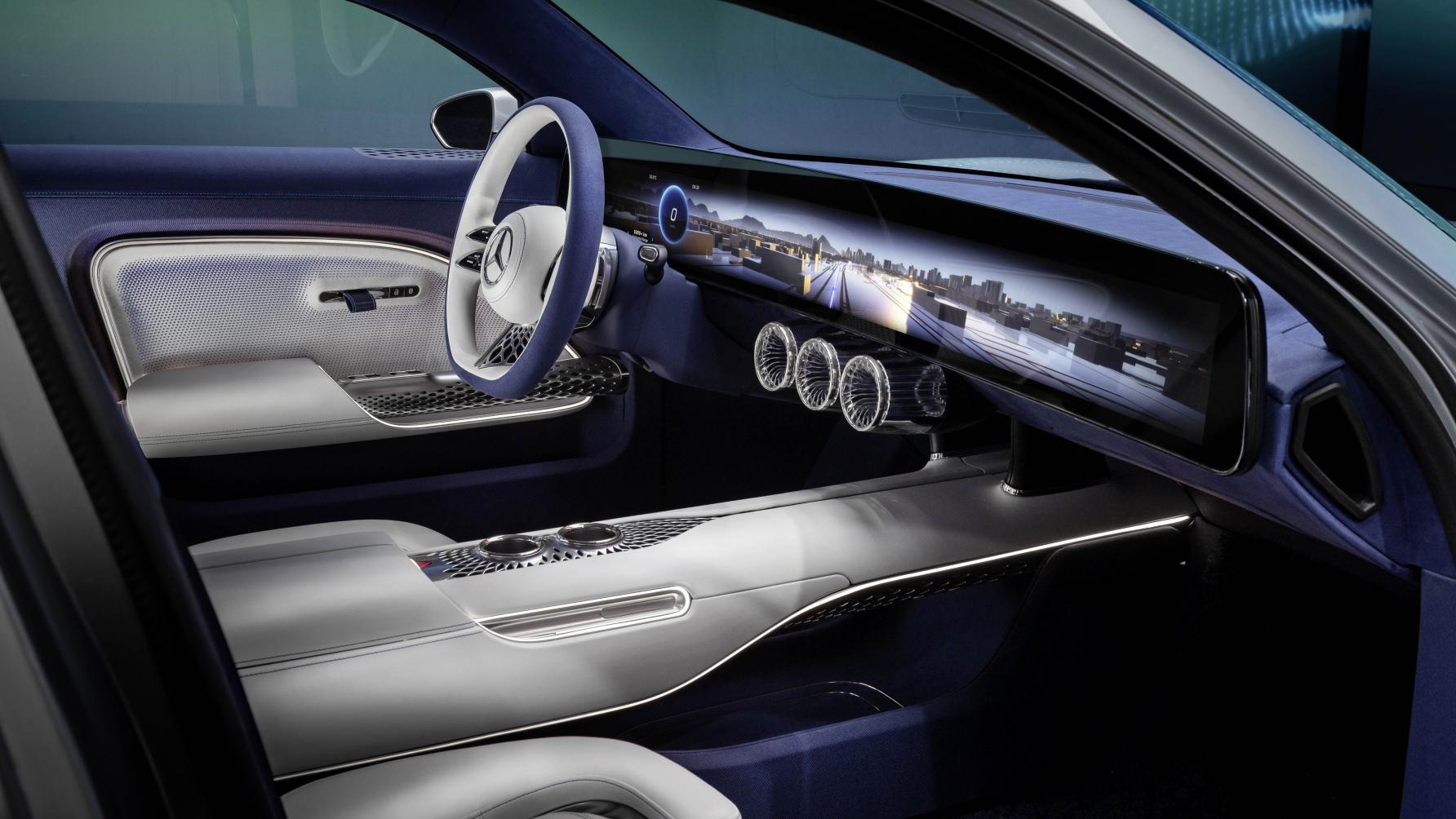
This is it: the 1,000km-range Mercedes Vision EQXX
The good news is, it looks like a car. Mercedes's new ultra-range electric Vision EQXX concept car doesn't look like an SUV. And better yet it doesn't look like some science project.
You can imagine something not altogether different as an actual production car. Which is Mercedes's intention. Calling it a concept is colossally underselling it. It's not just a styling exercise. It's packed to the gills with radical new engineering, but all of it with an eye to genuine feasibility.
The aim here is to get a nice round 1,000km of range. Now the obvious answer to that would be a mahooosive battery. With today's tech that'd mean a vast underfloor box, which could only fit under an SUV. The weight and drag would spiral upward, and so would the price. Efficiency would plummet.
The EQXX's approach is the opposite. Low weight, low drag, sky-high efficiency. More range from a smallish battery. Every part and system has been given the beady eye, looking for savings in weight, aerodynamic drag, friction, heat and electrical resistance. Right down to the very soldering between electronic components. Honestly.
So the EQXX should do about six miles per kWh. Which isn't far off double the efficiency of your normal EV this size and performance.
It weighs about 1,750kg. That's less than a VW ID.3 with the 430 battery option. The rear-drive motor gives 204bhp. Mercedes is giving no performance figures yet, but that power and weight in the RWD EQXX will mean a warm-hatch step-off. And with low drag, the high-speed acceleration won't be blunted like it often is in EVs.
Project head Klaus Millerferli tells me the efficiency won't remain just a claim, or simulation. Although a stupendous amount of computer simulation has gone into the EQXX's engineering. Early next year he'll be doing a long-distance demo drive to prove it. This is a real working car.
Pretty eh? OK, maybe that long tail might be (literally) a bit of a stretch, but the rest of it is designed to be pleasing as well as low in drag. Matthias Schenker of the advanced design department says he didn't want to get too much of an obvious teardrop shape – the VW XL1 and GM EV1 come up in conversation. And they were only two-seaters by the way.
But the cabin does taper rearward, while the body sides stay wider, giving the EQXX a shouldered look over the rear wheels. All designers always want that. Neither did Schenker like faired-in wheels, so he settled for 20s with semi-transparent flat hubcaps.
A simple rear-light graphic around the periphery of the tail emphasises its slippery shape. But the real drag-cutter is a diffuser that drops and extends back at speed. Again, it embodies production-car feasibility: it can retract quick as a lizard's tongue if the car senses a rear-end crash is imminent.
Do the sums and it's clear the EQXX's low CdA could be worth well over 160km of range
It has a battery of 'less than' 100kWh capacity, about the same as the new EQS. But the EQXX is much smaller – its wheelbase is similar to an A-Class. So the battery has to be smaller. It's also about 40 per cent lighter than the EQS battery. They did that using chemistry and design principles from the Formula One and Formula E teams, based at Brixworth.
The anodes are a high-silicon type. But it isn't solid-state electrolyte, because this is supposed to be production-realistic.
Here's the first big bit of lateral thinking. Everyone else makes a big deal of battery cooling, because that way you can charge ultra-fast. So they have water channels around the battery, and big radiators. The EQXX doesn't. The battery is air-cooled. Which sounds primitive (a Leaf is one of the few EVs left with an air-cooled battery).
But of course if you've a battery that can drive all day, you don't need super-rapid charging. Not that the EQXX is exactly sluggish. It runs at 900 volts, so can sustain 100kW without excess heat. Taking out the water channels and associated radiator cuts weight and drag.
The motor itself is a permanent-magnet type. Those are notoriously hard to design, as tiny changes to the shape and position of the magnets makes big differences to output and efficiency. So they did simulation tests on several hundred thousand designs.
The basic unit is similar to something they have planned for production cars in four years' time, but all the internal components and materials are super-optimised. They're carefully paired with an inverter designed by the Mercedes racing people, using new-generation silicon-carbide MOSFETs.
As the Mercedes-AMG racing bods at Brixworth did the power stuff, Mercedes's F1 team at Brackley helped with the EQXX's structural design. They also used video-game engines, which can draw complex 3D shapes with the fewest number of polygons.
One result is a vast rear subframe, designed by bioengineering principles, its dendritic limbs featherlight and ethereally beautiful. Yet it meets the usual road-car rules for durability and crash stiffness. And it weighs 20 percent less than a normal subframe.
They needed it to meet noise and dirt-ingress standards too, so they filled the voids between its structural legs with a material from a company called UBQ made, in part, from used nappies. If you've ever raised a kid with disposable nappies, you know that finding a way to keep those out of landfill will be splendid ecological gain for the world they'll grow up into.
The body also uses high-strength steel made by low-CO2 processes. The doors are advanced composite, the brake discs cast aluminium, even the springs are composite. It's all light, light, light.
Inside, the EQXX has ultra-low consumption screens. New brain-mimicking computation techniques cut power for the navigation and, potentially, driver-assist too. The stereo doesn't waste energy by booming through the whole cabin, but uses little speakers in the head restraints. That has the extra benefit that the driver gets auditory feedback on how their driving style is affecting efficiency, but the passengers just get the music.
All the cabin fabrics are low-impact. Substitute leather uses fibres from cactus leaves; there's a silk that's nature-identical but manmade and eco-friendly.
But what does it all mean, and when? Everything in the EQXX – motor, electronics, battery, body structures, materials – is feasible. And there's an all-new electric platform from Mercedes, codenamed MB.EA, coming in 2024. Much of these technologies will turn up then. Should be good.
TEXT Paul Horrell
PHOTOS Mercedes-Benz






